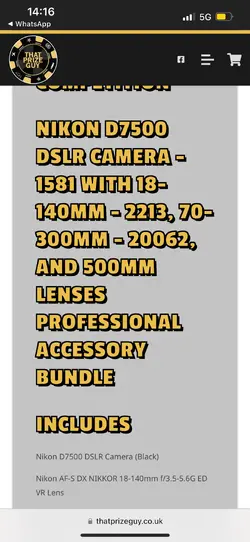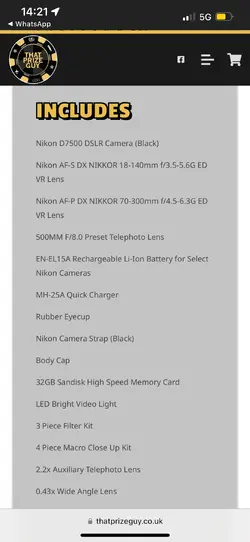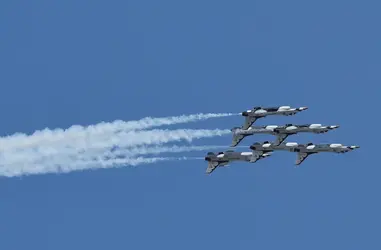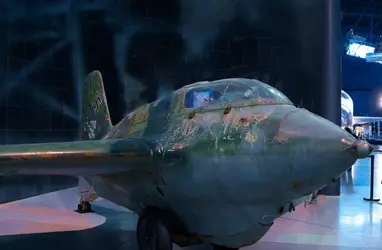First, the real answer to your question is: it depends upon what he wants to shoot.
Second, for an absolutely beginner, it's a fine camera. Not a beginner's camera (in the sense of it's not simple--not complex but it's not any of the Nikon beginner's models). So unless he sets it on "automatic" he's going to need to learn about aperture, white balance, and shutter speed.
If you think he's really interested in photography (or will be) especially a range of different genres (like: shooting macro, shooting wildlife, shooting sports, shooting portraits) then it's a good camera to have, especially as a starter camera.
Additional thoughts: if by "enjoys taking pictures of planes" you mean at airshows and in-flight, then this will be a very good camera for him. There are better cameras and lens--but you'll be paying a couple of thousands of dollars (just for the body). That 500mm lens will be great for shooting stuff at a distance (like birds, planes, lions and tigers). The 18-140mm zoom will be very good for shooting planes in a museum or of model planes. The filters are probably plastic junk. The macro lens is probably just a magnifying filter. Ditto with the 2.2x zoom (technically a teleconverter)--you use a lot of speed and sharpness with those. But for his purposes (shooting planes in the air or on the ground), the 3 lens will do him just fine.
I strongly suggest that with the camera you include some instruction or a course you sign him up for. Other wise he may just find it easier to use his phone. And the big difference (for him) with this camera vs. his phone is his ability to manipulate stuff like shutter speed (so he can "pan" a plane in flight) or manipulate white balance or aperture to do more than take a snap shot but to conceive of and create a photo.
The first attachment was shot at 200mm at 1/2,500th of a second with a Nikon (also a crop body like the one you got but a more advanced body--the Nikon D500).
The second attachment was shot at 300mm at 1/4,000th of a second (also a Nikon D500).
The third attachment of the Komet Me-163 was at the Udvar-Haazy Air and Space museum near Dulles Airport, 24mm, f3.5, 1/15th of a second and shot with a Nikon D7000 (an older, inferior version of the body you just got--the D7500).
These 3 shots high-light what you can do with the gear you just got and if he learns how to use it. The first two are about shooting at a high-speed and distance. The third is about shooting in low-light with a wide angle lens at the appropriate aperture. And for all 3, playing with white balance (because the light was extreme in all cases and without manipulation would have resulted in inferior photos). Not rocket science (no pun intended--the Me-163 was a rocket), you just need to learn how to use the camera.







![[No title]](/data/xfmg/thumbnail/37/37605-90c8efaef5b7d1f52d4bf8e7dfd33673.jpg?1734170732)


![[No title]](/data/xfmg/thumbnail/34/34072-be456691237ae73cb2936416e2e9e8c0.jpg?1734164508)


![[No title]](/data/xfmg/thumbnail/30/30864-50861ef77d7fa163bd5f5b5b8d661f5a.jpg?1734158829)

